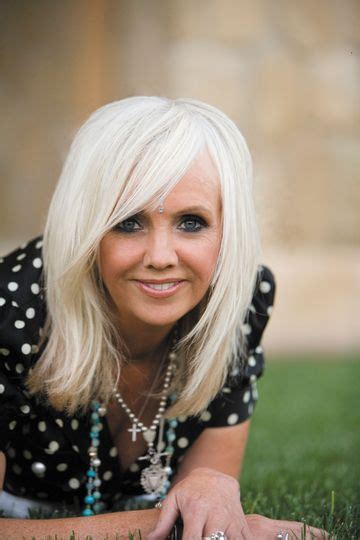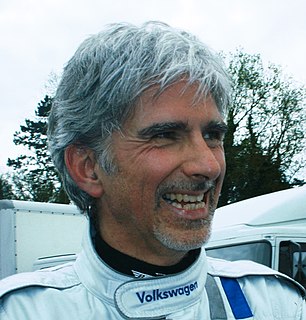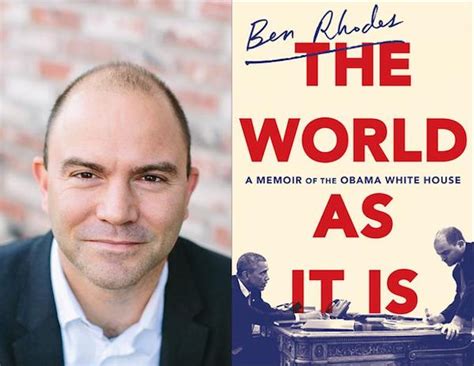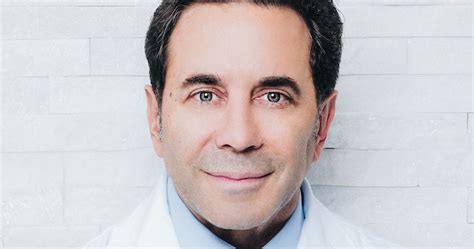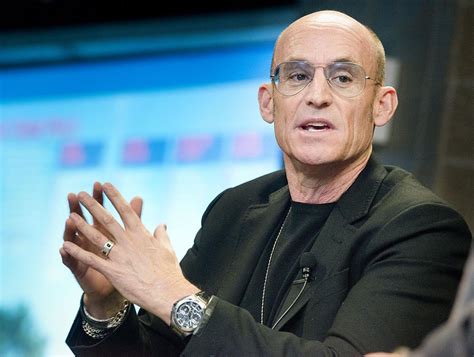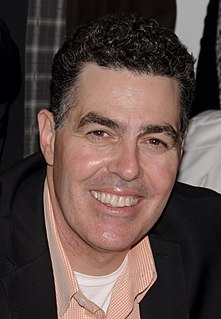A Quote by Jim Ross
The faster some talents work, the more risk plays into the equation and then the opportunities for injury increases.
Related Quotes
Just take ease of interchange between people. Your email is of course faster than letter - on the other hand the transition from sailing ship to telegraphs was far greater than the shift from the postal service to email. That was a fabulous change. If you sent a letter to England, instead of waiting a couple of months for a response you got it instantly. That's a huge change. Every one of these changes of course increases opportunities and also increases means of control and domination.
I found people I really wanted to work for; I made myself available to do whatever I could with the skills I had; I took some risk, packing up and moving to Chicago; and I looked for the opportunities that fit for me. So I think the biggest advice is to find people you love to work for who you're going to learn from.
It's not just professional athletes and soldiers who are at risk from traumatic brain injury. More than 1.7 million people a year sustain a traumatic brain injury, and about 50,000 of them die each year, according the Centers for Disease Control. There are both emotional and financial costs from these injuries.
The risk of developing carcinoma of the lung increases steadily as the amount smoked increases. If the risk among non-smokers is taken as unity and the resulting ratios in the three age groups in which a large number of patients were interviewed (ages 45 to 74) are averaged, the relative risks become 6, 19, 26, 49, and 65 when the number of cigarettes smoked a day are 3, 10, 20, 35, and, say, 60-that is, the mid-points of each smoking group. In other words, on the admittedly speculative assumptions we have made, the risk seems to vary in approximately simple proportion with the amount smoked.


